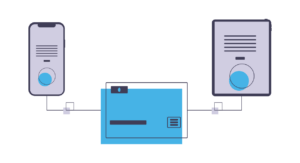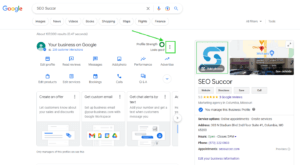In digital marketing, a great landing page holds the power to captivate visitors, generate leads, and drive conversions. A high-converting landing page is a powerful tool that allows you to make a strong first impression and guide your audience towards taking the desired action.
Actively practicing conversion rate optimization (CRO) best practices can take you a long way “right out of the box.”
Learn more about our landing page best practices by diving into this article.
But what makes an effective landing page?
Let’s explore the seven essential components that contribute to the success of a landing page.
1. Clear and Compelling Headline
The headline is the first thing visitors see when they land on your page. It should instantly grab their attention and clearly communicate the value proposition or offer.
Craft a headline that is concise, compelling, and aligns with the visitor’s expectations. Use persuasive language to pique curiosity and entice them to explore further.
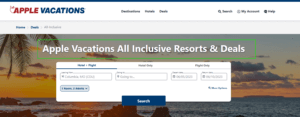
2. Unique Selling Proposition
A Unique Selling Proposition (USP) is a clear and concise statement that articulates the unique value or benefit that a product or service provides to its target audience, setting it apart from competitors.
The USP focuses on a distinctive quality or feature that makes a business stand out in the market.
Examples of Unique Selling Propositions
- Domino’s Pizza: “You get fresh, hot pizza delivered to your door in 30 minutes or less, or it’s free.”
- FedEx: “When it absolutely, positively has to be there overnight.”
3. Engaging and Relevant Content
The content on your landing page should be concise, focused, and aligned with the visitor’s intent. Clearly communicate the benefits of your product, service, or offer, highlighting what sets it apart from the competition.
Use persuasive copywriting techniques to engage your audience, emphasize key points, and address their pain points or desires.
Keep landing page copy paragraphs short, use bullet points or subheadings for easy scanning, and consider incorporating visual elements such as images or videos to enhance engagement.
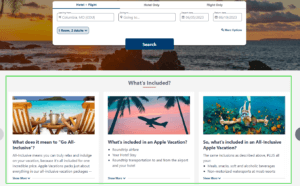
4. Strong Call-to-Action (CTA)
A strong call-to-action is the driving force behind conversions on a landing page. Clearly state the desired action you want visitors to take, whether it’s signing up for a newsletter, making a purchase, or downloading a resource.
Use action-oriented language and create a sense of urgency to motivate visitors to act now. Make the CTA prominent, visually appealing, and easy to locate on the page. If using a call-to-action button, make sure the button colors contrast well with the text color within the CTA button.
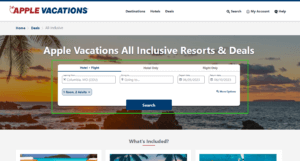
5. Trustworthy Social Proof
Building trust is crucial on a landing page. Incorporate social proof elements such as testimonials, social media reviews, Google Business Profile reviews, case studies, or success stories to showcase the positive experiences of previous customers.
Highlight any notable achievements, industry affiliations, or certifications that add credibility to your brand. Social proof helps alleviate concerns and instills confidence in your audience, making them more likely to convert.
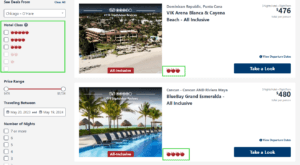
6. Mobile-Optimized Landing Page Design
In today’s mobile-centric world, a great landing page must be optimized for mobile devices. Ensure that your page is responsive and provides a seamless user experience across different screen sizes.
Pay attention to the page load speed, as slow-loading pages can lead to high bounce rates. Optimize images, minimize code, and prioritize mobile-friendly design principles to ensure a smooth browsing experience.
7. Streamlined Form or Conversion Process
If your landing page includes a form or conversion process, keep it simple and streamlined. Ask for only the essential information you need to follow up effectively. Other aspects to consider when designing your forms:
Creating Intentional Friction to Improve Lead Quality
Lengthy forms can deter visitors from completing the process. However, sometimes this can be the goal – if say, you want to improve lead quality, adding more questions to your form can sometimes create higher quality leads.
Minimize Possible Mistakes
Use form validation to minimize errors and provide clear instructions to guide users through the steps.
Provide Incentive
Consider offering incentives, such as a free trial or exclusive content, to encourage form completion.
8. A/B Testing and Optimization
Building a great landing page is an iterative process. Continuously test different elements such as headlines, CTA colors, imagery, or form placements to identify what resonates best with your audience.
Utilize A/B testing to compare variations and gather data-driven insights. Regularly analyze the performance of your landing page and make data-informed optimizations to improve conversion rates over time.
In Other Words
A great landing page is a strategic blend of compelling content, persuasive design, and user-centric elements. By incorporating clear headlines, engaging content, strong CTAs, trust-building social proof, mobile optimization, streamlined forms, and continuous optimization, you can create a landing page that drives results.
Schedule a Consultation
At SEO Succor, we take great pride in the landing pages that we design and develop. Contact us today to learn more about how we can assist you in developing landing pages that produce desired results for your paid media campaigns.
Schedule a complementary consultation with one of our digital marketing experts.

